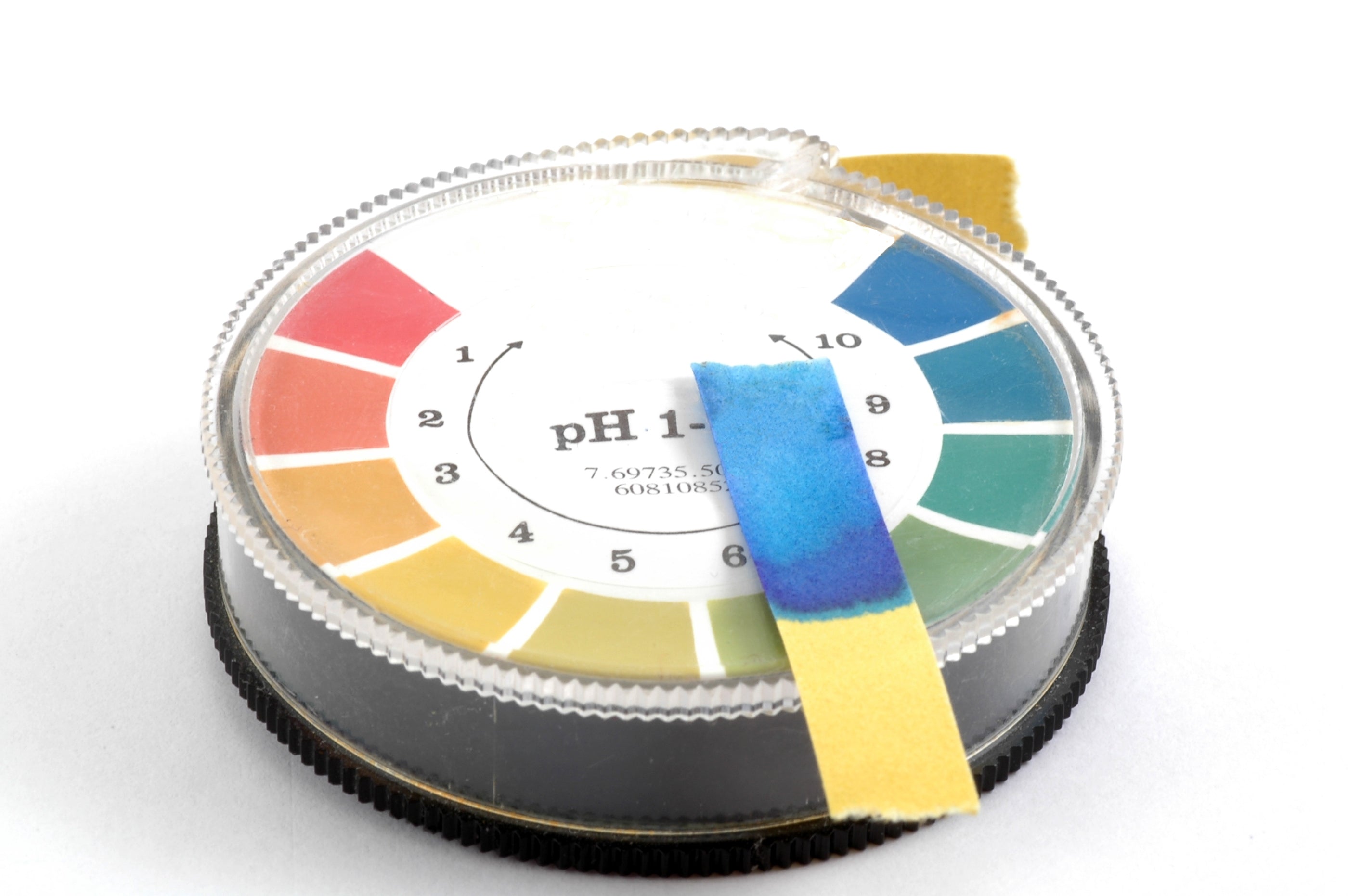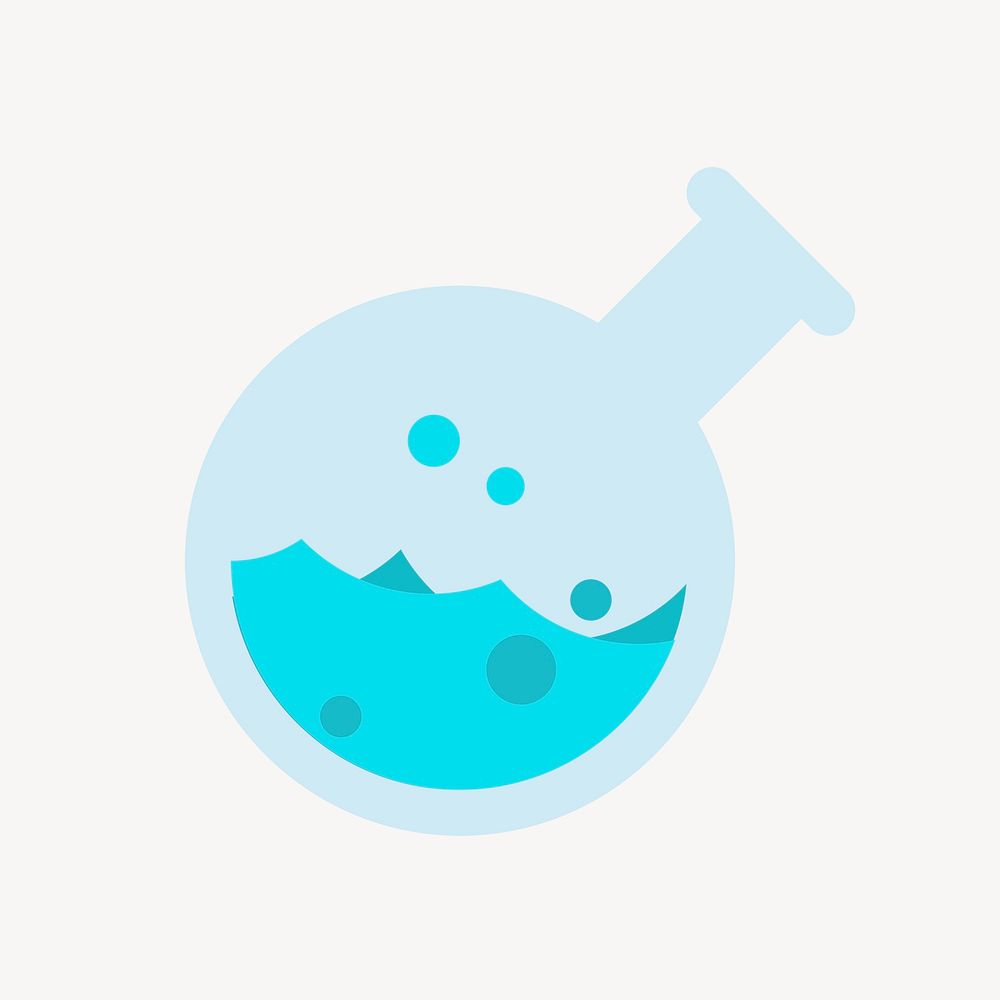Hydroponics vs Aeroponics Explained
Hydroponics vs Aeroponics - What's the Difference?
If you’re familiar with hydroponics, it’s highly likely you’ve also heard about other “-ponics”, like aquaponics or aeroponics. We’ve covered what aquaponics is, how it works, and how to build an aquaponic system in another article—you can find it here. In this article, we’ll discuss hydroponics vs aeroponics: the differences between both systems, their advantages and disadvantages, and whether hydroponics or aeroponics is a better choice for you.
Differences between Hydroponics and Aeroponics
Many people consider aeroponics to be a type of hydroponics. I won’t argue whether that’s technically correct or not, but there is one big difference between hydroponics and aeroponics. In hydroponics, plants’ roots are submerged in nutrient solution either full time or fed by an intermittent flow of the nutrient solution. For example, in DWC systems, they are constantly submerged in water. In wick systems, the wick draws the nutrient solution from the reservoir and soaks the growing medium. In drip systems, the nutrient solution drips onto the growing medium soaking it. In ebb and flow systems, the nutrient solution fills the grow bed, soaking the roots, and then it ebbs, letting the roots take in some air. And in NFT systems, a thin film of nutrient solution soaks the plants’ roots. In aeroponics, plants’ roots are never placed in water, and instead they are sprayed or misted with the nutrient solution.
Hydroponics vs Aeroponics Plant Growth and Health
Aeroponics has a slight advantage when it comes to the overall health of plants. In aeroponic systems, the roots of plants are enclosed in a space known as aeroponic chamber. Plants usually stick out of holes that have flexible rubber collars. Plants are suspended in the air, and below the plants there are mist nozzles that spray the nutrient solution on the plants’ roots. It can look quite futuristic. These systems can often look like cubes or towers with the mist released at the top, and as the droplets cascade down, the roots of the plants get moisture and nutrients, but at the same time they can breathe well because they are surrounded by air.
This means there is a very small chance that the roots will be exposed to debris and bacteria. Plants in hydroponic systems, on the other hand, are at a much greater risk of bacterial exposure, due to high humidity levels in their growing environment.
Another advantage the aeroponics has over hydroponics is aeration, or the amount of oxygen the plant receives while growing. As mentioned previously, in aeroponics, the plant’s roots are suspended in the air, which allows them to take in air at a much greater rate. In hydroponics, the roots are submerged and don’t receive nearly as much oxygen. This means plants typically grow considerably faster in aeroponics vs hydroponics, and the yields are also greater.
Nutrient Absorption in Hydroponics vs Aeroponics
There have been a lot of studies confirming that plants absorb nutrients better in aeroponics rather than hydroponics. Below are the results of one of the recent studies confirming better nutrient absorption is lettuce plants in aeroponics vs hydroponics:
Nitrogen: 2.13% with hydroponics, 3.29% with aeroponics
Phosphorus: 0.82% with hydroponics, 1.25% with aeroponics
Potassium: 1.81% with hydroponics, 2.46% with aeroponics
Calcium: 0.32% with hydroponics, 0.43% with aeroponics
Magnesium: 0.40% with hydroponics, 0.44% with aeroponics

Plants You Can Grow in Hydroponics vs Aeroponics
This is one area where hydroponics has an advantage due to the fact there are different types of hydroponic systems that allow you to grow a variety of different plants. While you can grow a lot of different plants in aeroponic systems, such as lettuce, leafy greens, tomatoes, peppers, eggplants/aubergines, ginger, strawberries, watermelons, edible flowers, and herbs, you can’t grow root vegetables, such as carrots and beets, and also fruit trees because they are too large and heavy for aeroponic systems. You can grow root crops in ebb and flow systems, and you can grow trees in drip systems, so hydroponics allows you to grow a larger variety of crops.
Setup Costs of Hydroponics vs. Aeroponics
Aeroponic systems are typically more expensive than hydroponic systems. Hydroponics is also much more DIY friendly, and you can build some hydroponic systems using household items. Building a DIY aeroponic system is rather difficult, which is why most growers use ready-made kits. You can buy cheaper aeroponic kits, but you can typically build a larger hydroponic system for the same amount of money or perhaps even cheaper, which will allow you to grow more plants. Aeroponic systems don’t use a growing medium though, so that can be a cost saving.
Hydroponics vs. Aeroponics Maintenance
In short, aeroponic systems require more maintenance than most hydroponic systems. If you have an aeroponic system, you will need to frequently check timers and pumps and that the misters are spraying so that your plants are misted properly because otherwise the roots would dry out and your plants would die. If you lose electricity, you’ll need to manually mist the plants with the nutrient solution to keep them moist. So, aeroponics requires more time for constant checks and monitoring than hydroponics. To be fair, more complicated hydroponic systems, like ebb and flow, also use pumps and timers, and drip systems have emitters that can get clogged, but they are still less complicated and generally require less maintenance than aeroponic systems in my experience.
Summary
To sum up, aeroponic systems are more efficient than hydroponics, and plants typically grow quicker and are less prone to diseases in aeroponics vs hydroponics. Plants also absorb nutrients better in aeroponics rather than hydroponics. However, hydroponics allows you to grow a larger variety of plants, and it’s also generally cheaper to set up. Plus, most hydroponic systems are less complicated than aeroponics and typically require less maintenance.
For more great content check out the Proponics YouTube channel below!

By Max Barnes
Max Barnes is a long-time homesteader and author. Max grows the majority of his own food year-round using a variety of different methods, including hydroponics. Hydroponic gardening plays a huge part in his homestead and self-sufficiency goals.




